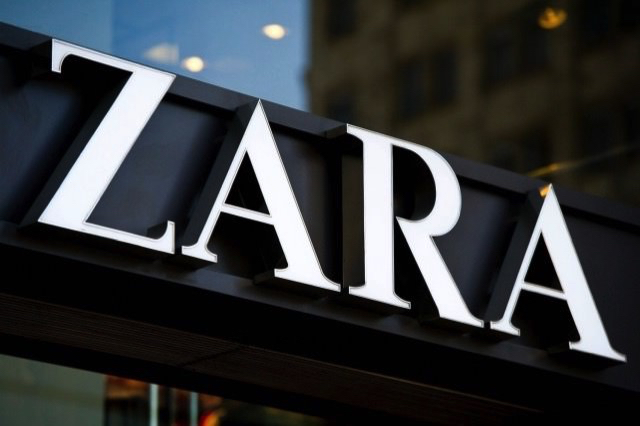THE FASHION LAW EXCLUSIVE – Zara has been hit with a massive lawsuit alleging that it is engaged in the widespread practice of deceiving American consumers through a classic bait and switch scheme in connection with its pricing. The $5 million-plus proposed class action lawsuit, which was filed by Devin Rose in the United States District Court for the Central District of California, a federal court in Los Angeles, alleges that Rose (and other Zara shoppers) “has been damaged in that Zara’s deceptive pricing practices caused him to overpay for the garments he purchased.”
According to Rose’s complaint, which sets forth claims of negligence, unfair business practices, unjust enrichment, and fraud, Zara “has been engaged in fraudulent pricing practices across the United States. On average, consumers are being charged $5 to $50 more than the lowest tag price in euros. In the aggregate, the shopping experiences of ordinary consumers like Mr. Rose, have resulted in Defendant Zara being unjustly enriched to the tune of billions of dollars.”
Rose alleges that “behind its façade of attainable elegance, Zara is engaged in a widespread practice of deceiving American consumers through a classic bait and switch.” Specifically, the complaint states that “an investigation into Zara’s unlawful pricing practices demonstrates that Zara perpetrates its deception in two ways.”
a. Clothing Tagged Only in Euros (“Bait-and- Switch Pricing”): Many of Zara’s products are tagged only with a euro price. This alone is confusing to many consumers and lures them to the register. Compounding matters, not only is the same product sold for a substantially higher amount in dollars, but the product is always sold well in excess of the true converted amount if the euro price on the tag were properly converted to dollars.
Rose’s complaint elaborates, noting: Zara marks the price tags on many of its products with only a euro price. Since the euro is a larger unit of currency than the American dollar, these euro prices lead shoppers in the United States to believe that Zara’s products are less expensive than they actually are. Thus, Zara customers are lured in by the brand’s seemingly low prices, and it is only upon bringing the items they intend to purchase to the register that these customers discover their true costs. To make matters worse, however, the prices that consumers are ultimately quoted — prices that are only revealed when the items have been already been scanned and the consumer is asked for payment — are not accurate American dollar equivalents to the euro prices on the tags, but rather arbitrarily inflated amounts that are substantially higher.
b. Euro Price Covered with Dollar Sticker (“Cover Up Pricing”): In those instances where Zara includes a price in dollars, the dollar amount is almost always applied in the form a pricing label affixed over the euro price actually printed on the tag. In this context, the dollar amount similarly is far in excess of the true converted amount if the euro price printed on the tag were properly converted to dollars.
Source: www.thefashionlaw.com





Be the first to comment on "UPDATED: Zara Slapped With $5 Million-Plus “Deceptive Pricing” Lawsuit"